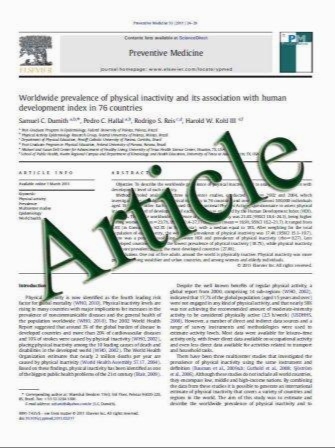Clinical evaluation of end caps in elastic stable intramedullary nailing of femoral and tibial shaft fractures in children
- نوع فایل : کتاب
- زبان : انگلیسی
- مؤلف : T. Slongo L. Audige´ J. B. Hunter S. M. Berger
- چاپ و سال / کشور: 2011
Description
Background Elastic stable intramedullary nailing (ESIN) may be complicated by the loss of reduction following push out of the nails at the entry site in unstable femoral and tibial fractures, especially in older and heavier children and following technical failures. An end cap system addressing this complication was evaluated clinically. Methods In a retrospective case series, 49 femoral and five tibial fractures in 54 pediatric patients treated by ESIN and end caps were documented in two European tertiary centers. End caps were used to interlock standard ESIN nails. The results were evaluated regarding difficulties in the placement and removal of the end cap system, fracture stability and healing, and return to normal activities by analyzing patient charts and X-rays. Results Fifty-three of 54 fractures were stabilized sufficiently with ESIN and end caps. Loss of reduction was observed in one patient, requiring additional surgery. Six complications were observed, five of which were not related to end caps. There were no significant leg length differences or varus/valgus deformities. A rotational difference of[10–20 was found in one patient. Removal of the end caps and nails was rated as simple and uncomplicated in 35/37 cases. Conclusions End caps avoided postoperative instability in the majority of pediatric patients with lower limb shaft fractures, even in heavier, older patients and those with instable fracture types. End caps, however, will not compensate for operative technical insufficiency concerning reduction or nail placement. To maximize the stability of ESIN-instrumented unstable fractures, end caps require properly placed nails
Eur J Trauma Emerg Surg (2011) 37:305–312 DOI 10.1007/s00068-011-0091-8 Received: 18 January 2011 / Accepted: 26 February 2011 / Published online: 19 March 2011


